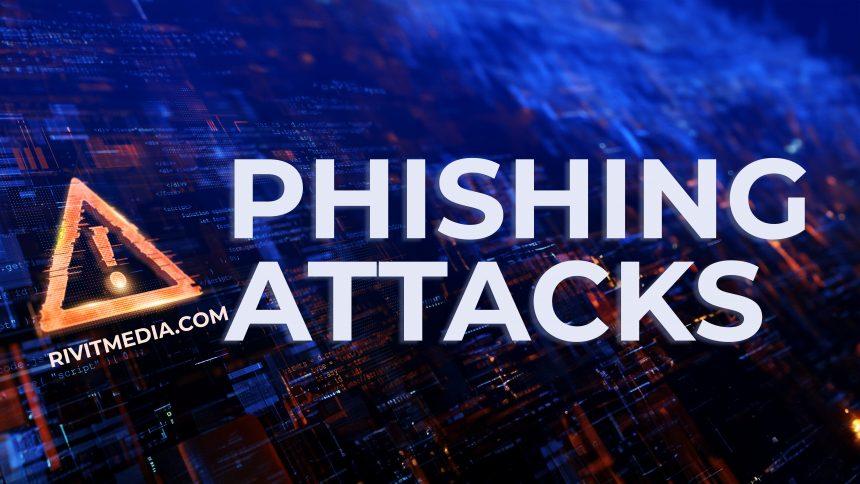Malware infections continue to pose significant risks to both personal and organizational data security. Among the many threats plaguing users today, the BeenBit scam stands out as a particularly deceptive and harmful variant. This article delves into the nature of the BeenBit scam, outlining its actions, consequences, and offering detailed removal instructions. We will also highlight best practices for preventing such infections and recommend a reliable anti-malware tool to ensure your system’s safety.
What is the BeenBit Scam?
The BeenBit scam is a type of malicious software designed to deceive users into believing their systems are infected or compromised. This scam often involves fraudulent alerts and pop-ups that claim your computer has encountered serious issues or viruses. These alerts are typically engineered to induce panic, prompting users to follow misleading instructions or download additional malicious software.
Actions and Consequences of the BeenBit Scam
Upon infection, the BeenBit scam primarily aims to:
- Create Deceptive Alerts: The malware generates alarming pop-ups and messages that claim your system is at risk. These messages are crafted to look legitimate, often mimicking system alerts or security warnings.
- Promote Fake Solutions: Users are encouraged to contact fraudulent support services or download additional malicious software under the guise of a necessary fix. This can lead to further system compromise or financial loss.
- Steal Personal Information: Some variants of the BeenBit scam are designed to harvest sensitive information from users, including personal and financial data.
- Cause System Instability: The presence of BeenBit may lead to system slowdowns, crashes, or other performance issues as it operates in the background.
Detection Names and Similar Threats
The BeenBit scam may be identified by various names in different security software solutions. Common detection names include:
- BeenBit
- BeenBit Scareware
- BeenBit Alert
- BeenBit Fraud
- BeenBit Popup
Similar threats to be aware of include:
- Tech Support Scams: These scams use fake support alerts to trick users into paying for unnecessary services or software.
- Rogue Security Software: This category of malware pretends to be legitimate antivirus programs while actually causing harm or stealing data.
- Phishing Scams: These often involve deceptive emails or messages designed to collect personal information under false pretenses.
Removal Guide for BeenBit Scam
To effectively remove the BeenBit scam from your system, follow these steps:
- Enter Safe Mode:
- Restart your computer.
- Press and hold the F8 key (or Shift + F8) before Windows starts loading to access the Advanced Boot Options menu.
- Select “Safe Mode with Networking” and press Enter.
- Uninstall Suspicious Programs:
- Go to Control Panel > Programs > Programs and Features.
- Look for any unfamiliar or suspicious programs related to the BeenBit scam and uninstall them.
- Remove Malicious Browser Extensions:
- Open your web browser and go to the extensions or add-ons menu.
- Remove any extensions that you do not recognize or that appear suspicious.
- Run a Full System Scan:
- Download and install SpyHunter, a reputable anti-malware tool.
- Launch SpyHunter and perform a full system scan to detect and remove the BeenBit scam and any associated malware.
- Delete Temporary Files:
- Press Win + R to open the Run dialog box.
- Type
%temp%and press Enter. - Delete all files in the Temp folder.
- Restore Browser Settings: Reset your web browser settings to default to remove any lingering changes made by the malware.
- Update Your System and Software: Ensure that your operating system and all installed software are up-to-date to protect against vulnerabilities.
Best Practices for Preventing Future Infections
- Install Reliable Antivirus Software: Use trusted antivirus software with real-time protection to safeguard against malware threats.
- Keep Software Updated: Regularly update your operating system, browsers, and applications to patch security vulnerabilities.
- Avoid Suspicious Links and Downloads: Be cautious when clicking on links or downloading files from unknown sources.
- Educate Yourself on Scams: Stay informed about common cyber threats and scams to recognize and avoid them.
- Backup Your Data: Regularly back up important data to minimize damage in case of a malware infection.
Conclusion
The BeenBit scam represents a significant threat to computer security, but with prompt action and effective tools, you can safeguard your system from its damaging effects. We strongly recommend using SpyHunter, a powerful anti-malware tool, to scan your computer for free and remove any threats. By following the removal guide and implementing the best practices outlined, you can enhance your protection against future infections and maintain a secure computing environment.





